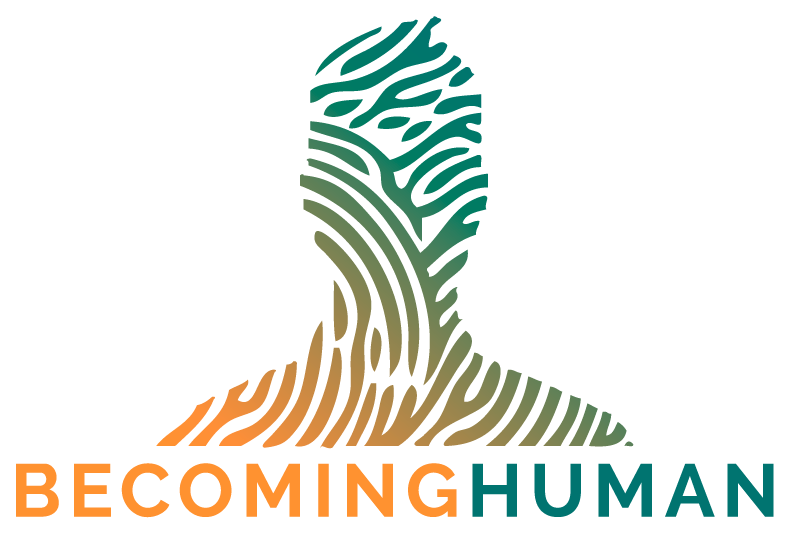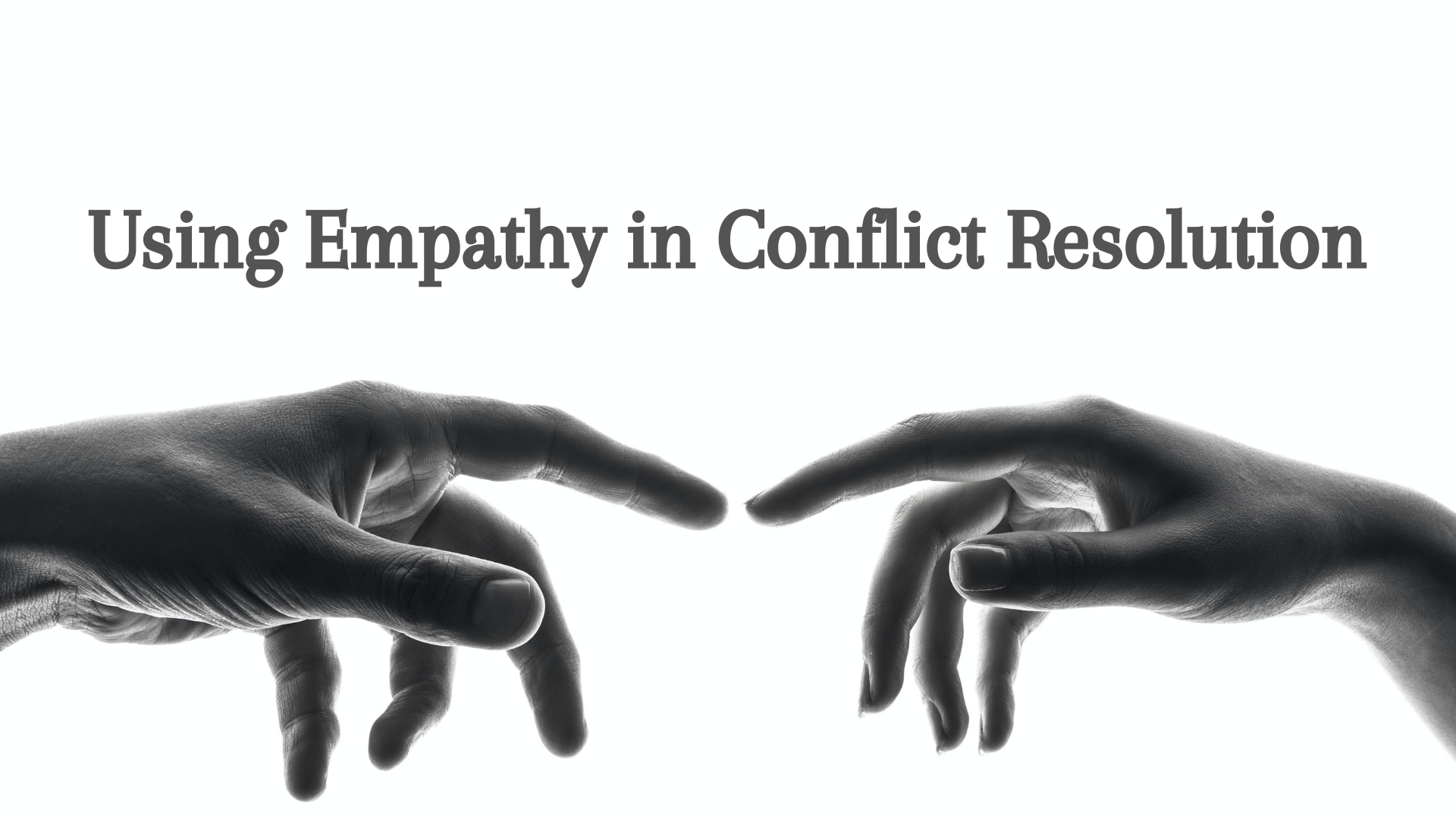Should Christian Tradition Determine Modern Faith?
/A sociological exploration of the Christian creeds and how religious tradition should inform current faith.
Introduction
There is an illusion of singularity and oversimplified homogeneity within contemporary Christian identity that is adamantly assumed. Yet, such uniformity is a triumph of, at least, ignorance and, at worst, repression of the spectral diversity that undergirds all of Christian tradition.
This state of imagination is to be expected within the dominance of the religious juggernaut called Christianity within the global history of human civilization, however, investigation reveals divergent brushstrokes. Alas, Christianity is, quite possibly, an example of pointillism; a conglomerate of configured units that, from a distance, appear congealed but microscopically reveal a cornucopia of variance.
Whether Christianity’s enigmatic history proves to be a cohesive, singular painting is debatable. The more pressing question is whether or not the array of dispositions is constructive for Christianity’s continued existence.
How ought contemporary religious adherents relate to their tradition?
When one appreciates the sociological catalysts that led to such diversity within Christianity, the answer is anything but simple. Yet, the attention to colorful detail leads the modern Christian to see that the credal results of Christianity’s formation — while not statically determinative — are absolutely necessary if the painting of Christian history is to coalesce into a beautiful masterpiece.
In fact, the diversity of the credal formation and the process of its development may be a wonderful tool in achieving a holistic manifestation of Christianity today.
Two important dynamics await — sacred memory and living tradition.
Part One — The Myth of Uniformity
The culprit of Christianity’s homogenous illusion finds accusation in the creeds themselves.
Frances Young poignantly exposes this mythic development with the legend of the first apostles sitting down to configure a set of beliefs and standards that would be handed to every single future Christian.[1] It is a convenient trope, but reality is much different.
This depiction, while legend, does appear to infiltrate the common imagination of what happened in early Christianity and the famous councils of the patristic era take on a similar mythic disposition. Conversely, the credal developments of those early councils were in response to theological articulations that were already in dialogue amongst a variety of locations. The shape of Christianity had already been diversely unleashed before any councils ever began. While one might prefer to believe Christianity began in the manner of establishing a new nation-state or a global corporation with an agreed-upon constitution and handbook, the opposite is a better depiction.
Part Two — Why Was Early Christianity So Diverse?
The sociological intricacies of the ancient Near East within Greco-Roman culture offer a semblance of insight which illustrates a floundering adventure of social dynamics forcing disparate people of Jewish inheritance interacting with a gentile, pagan world upon the confession of a forcibly new development which bore requirements to the Jewish tradition and implicated belonging amongst the Gentile world. Like a supernova exploding in the chaos of ordinary life, Christianity seeded itself like shrapnel in a confusing landscape of Roman politics, Jewish expectations, and ethnic pluralism that had been continually churned since the Levant had been settled, invaded, and genealogically mixed from its ownership by Canaan, Egypt, Assyria, Babylon, Persia and the mash of tribal rule filling political vacuums in every step between.
Lack of Institutional Organization & a Plurality of Locations
The first issue of prominence, then, is the lack of organizational efficiency; an issue often glossed over by simplistic legend in Christian imagination. There is a raw, organic sociological initiation to Christianity that would be convenient to ignore.
Christianity’s rise is like a startup in the basement as opposed to a convened council. Groups that predominantly considered themselves to be evolving Judaism simply enacted explosive confessions about Messiah in the ordinary places in which they were. Whatever Christianity would become simply resulted from the communities and the contexts — which ranged from diasporic Egypt and Rome to the zionic heart of Jerusalem — that would reflect the socio-cultural landscape more than a preconfigured manual. The seeding shrapnel would be quite plural and, therefore, quite confusing.
Jewish Tradition in a Greco-Roman World
Secondly, the Jewish influence within a Roman world is paramount. Rome ruled by religious tolerance with the exception that the imperial cult was still adhered to. The name of the game was stability. Further, Jews were given a certain amount of exception because of their monotheistic necessity. The development of Christianity pushed this boundary.
The early Christians were initially given a similar pretext through their Jewish inheritance. However, as Christianity became more divergent from the Jewish institutions and occupied a very political force amongst the imperial cult — including the admittance of Roman citizens in predominantly pagan contexts — the Roman desire for stability was at stake and the Jewish identity accused this new sect as dissonant.
As a result, neither context accepted them.
Part Three — Orthodoxy as a Search for Identity
The result of the disorganized outbreak, the plurality of contexts, the Roman demands, and the tightrope of Jewish allegiance mixed with dissonance led to an identity crisis for the early church.
While all of these factors demand much more exploration, the credal effect is that early Christians had to address who they were often in defense against forces preferring their elimination. Young acknowledges this tension in her discussion of Christians seeing themselves as a, “…third race…”[2] — loyal to Judaism, but threatening its normativity; and enmeshed with gentiles while not adhering to Roman expectations.
They were neither Jew nor gentile and ensuing persecution forced the followers of Jesus to establish their identity.
Fast-forwarding to the credal pronouncements, this socio-political situation reveals that the theology, doctrine, and orthopraxy — while being largely based on Jewish tradition — was not the result of abstract proclamations or a desire for systematic theology. Rather, the creeds became an adamant reflection of a desperate need for a common ethos and praxis to have both cohesion and shared vision within a larger social landscape in which they did not belong.
The early Christians needed a common story to create a common identity so that, together, they knew both who they were and who they weren’t. Not having a specific scriptural authority (the New Testament did not yet exist) or a purely ethnic consignment made this ideological development even more imperative.
The methodology for developing this was further complicated by the lingering pluralism of multifaceted communities in a diverse world. This process is succinctly described by Young:
There is clear evidence that what lies behind this is the system of training for baptism and initiation into the church… Creeds did not originate, then, as ‘tests of orthodoxy’, but as summaries of faith taught to new Christians by their local bishop, summaries that were traditional to each local church and which in detail varied from place to place.[3]
Essentially, the identity of Christianity reflected the story each individual community produced for the immediate situations they found themselves in. Each was responding to different issues, questions, concerns, and political-historical nuances.
Hence, Christianity is a product of pointillism with each dot in the larger portrait an extension of the color of the place.
The emphatic generation of this process was also simply a way to ensure that incoming participants to the local church knew who they were and were committed to the new identity of the group to which they now belonged.
The early development of the Christian identity was, therefore, a grasping for cohesion.
Part Four — Searching for a “Global” Identity
Had Christianity simply maintained a tribal culmination with no need for larger sociological connection, the story could end here — the hypothetical result being a plethora of religions all taking their cue from this Jewish-Roman moment in history.
The common bond of being a ‘third race’ with common origins both in Judaism’s tradition and a monumental Messianic event with teleological implications forced these disparate communities to seek corporate cohesion outside of their localized versions of Christian identity.
Here begins the splintering attempt of singularity that has become the sustained melody of Christian tradition.
The attempt to amalgamate the diversity — to further established the ‘who-ness’ of the Christian whole — surfaced the doctrinal suppositions which are familiar today. Issues of heresy, authority, truth, orthodoxy, and theological normativity emerged as leaders of various communities sifted through similarities between different groups and wrestled with differences that permeated amongst them. While the political influence of Rome seeking to maintain stability by utilizing this growing religious phenomenon placated the search for cohesion, it was the lack of centralization, the absence of a singular and physically present leader, and the socio-political tide of antagonism and uncertainty that resulted in the first rendition of a religion upheld by orthodoxy.
Heretics were a threat to the cohesion.
Authoritarian voices, mainly through the notion of apostolic tradition as the origin for deeming what was correct, were needed to contain inconsistencies.
Truth and theological agreement were necessary for survival — not only in the socio-political difficulty but in the fear that salvation was at stake.
The creeds were not an attempt to create a static religion with esoteric truth. Instead, the attainment of agreement by responding to the variety of circumstances threatening communal survival made orthodoxy a last stand to meld an assortment of color into an unprecedented painting.
Part Five — Should This Tradition Be Determinative?
What ought Christianity today do with this bewildering process and complicated formation of credal orthodoxy?
If one is attempting to stay true to the process, as opposed to the outcome, framing the resulting painting and hanging it on the wall may be an art in missing the point and may be akin to leaving an unfinished work precisely and statically unfinished. Contrarily, what may be occurring in these earliest developments is an invitation; that current Christian communities are both dependent on those earliest stories (and, therefore, ought to know them) while also being under the same pretense of adding their own contextual color to the larger canvas.
Sacred Memory & Living Tradition
The difference here is between the static and the alive. Orthodoxy, usually catalyzed by the same fear of survival, has made the orthodox tradition of these early credal years a concrete form as opposed to the beginning of a garden.
Somehow enshrined with the authority to indefinitely decide the structure of Christianity henceforth, these early church leaders were unknowingly tasked with deciding the stagnant requirements for the religion; thus, finally offering that legendary handbook and, in turn, leaving Christianity with a sitting swamp rife with mosquitos and pungent smells. The concrete was poured and the identity of Christianity forever set. However, these voices may have just been acclimating to a flowing river on uncharted territory. If so, later epochs of the church’s community would do well to heed their findings and utilize their interactions with the landscape.
The credal productions are, therefore, determinative in that they are the collateral seeds offering vestiges of bountiful plants in the garden that is Christian tradition.
To inherit a garden and participate in its intergenerational and continued growth, however, implies that future Christians would also continue to plant; to be fellow caretakers as opposed to mere observers of a finished product. The tradition, then, is alive and, in so being, is an unfinished conversation; one that must determine respect, but not static adherence.
The planted orchard should not be done away with and yet one must work with the plants that now exist because of these moments in history. Essentially, the canvas was not finished and the contextual colors that continue to emanate from communities understanding who they are in relationship to what they have inherited are determinative qualities of such a diverse and perplexing history.
Should local stories still matter as they did in those first centuries? Yes.
Is the primacy of early considerations important? If one wants to make the painting beautiful, they may want to consider working with what the other artists have begun.
But just as their conclusions were dependent on where they were and what they were handed, the story of the church should continue in the same way.
The invitation of the credal formation appears to be one of living tradition based on the sacred memory of those who have already trodden the path. The modern adherent to a religion exists within the same genealogical branch of previous adherents and must account for such inheritance. In fact, doing away with tradition is, in essence, starting a different religion (which has certainly occurred within the scope of Christianity as well as other religious traditions).
However, while allowing a tradition to determine the consideration for the continued shape of an ideology, this does not mean one is utterly and statically dependent on the past by replicating it in the future. Similar to a family tree, a person exists based on those who have passed on their DNA to their present existence. You are who are and where you are partially based on those who have come before you. But this does not mean you simply have to replicate your ancestors. You utilize their experience, sifting the useful from the destructive, to determine how you might add to the family history. The memory shapes the present, but you keep the tradition alive. You pay attention to the plants, but you help them grow with your own touch; hopefully making the garden better as a result.
The painting must continue while also being firmly attached to its roots in all their diversity.
The artist's voices must be heeded, but the art is not complete.
Nor will it finish with you. In fact, your only role may be to hand a more evolved version to the generations who are yet to continue the painting.
Or, as David Bentley Hart resounds after masterfully exploring the vast terrain of global Christian history over time and through every location imaginable,
“It may very well be the case that now, after 2000 years, the story of Christianity is still only beginning.”[4]










![Three Reasons We're Lonely - [And Three Responses For Being Less So]](https://images.squarespace-cdn.com/content/v1/5963d280893fc02db1b9a659/1651234022075-7WEKZ2LGDVCR7IM74KE2/Loneliness+3+update+%283%29.png)





























